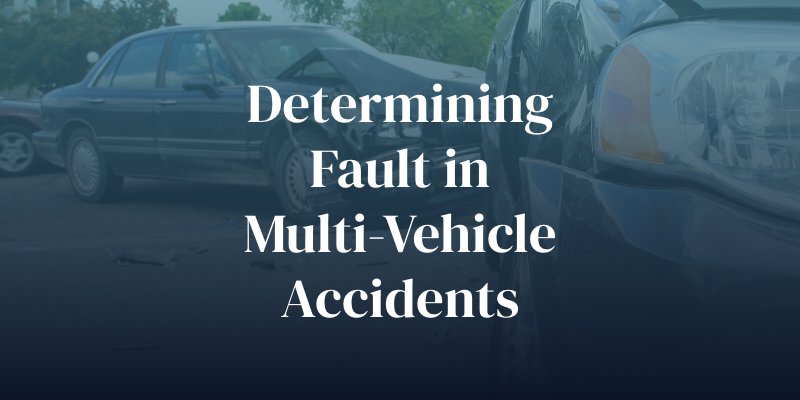Multi-vehicle accidents create a complex web of liability that can leave you questioning who bears the blame for your injuries and damages. Generally, the person who caused the chain of events that led to a multi-vehicle accident is at fault for the crash. However, the drivers involved often point fingers at each other when assessing who is to blame.
The difference between a fair settlement and a denied claim often comes down to which party can present the most compelling evidence to support their version of events. Accident attorneys in Kansas City suggest that the right documentation can make or break your multi-vehicle accident claim, so make sure to obtain the following pieces of evidence after your collision.

Visual Evidence: Photos, Videos, and Surveillance Footage
Your smartphone is your most valuable tool after a multi-vehicle crash. Photographs and videos capture the vehicle damage, street signs, traffic signals, skid marks, and the overall accident scene before anyone moves their cars. These images essentially preserve the scene and provide investigators with important details about vehicle positions, impact points, and environmental conditions.
Surveillance cameras from nearby businesses, traffic cameras, and dashboard cameras from other vehicles can also capture the collision sequence. You need to act quickly to secure this footage before businesses delete recordings or traffic departments clear their files.
Analysis from Accident Reconstruction Experts
Accident reconstruction specialists transform physical evidence into a scientific analysis of how a multi-vehicle crash occurred. These experts measure skid marks, analyze vehicle damage patterns, and use physics principles to determine vehicle speeds, impact angles, and the sequence of collisions.
These simulations and professional opinions carry significant weight with insurance companies and juries. Accident reconstruction experts can determine whether a driver failed to brake in time, changed lanes unsafely, or ran a red light—conclusions that directly affect who was at fault.
Testimony from Eyewitnesses at the Scene
Bystanders, other drivers, and passengers who witnessed your accident can provide independent accounts of what transpired. Their statements can corroborate your version of events or reveal details you missed during the trauma of the crash. Witnesses often notice factors like distracted driving, erratic behavior, or traffic violations that occurred before impact, which can affect who was at fault. You should collect witness contact information as soon as possible, before these people leave the scene.
Initial Observations from Police Reports
The responding officer’s report will contain important information about the accident scene and may include their opinion of who was at fault. The officer will note traffic violations, cite drivers for infractions, and record statements made at the scene by both involved parties and witnesses. You can leverage this document to help reconstruct the events leading to the multi-vehicle crash and determine who was at fault.
Were You Injured in a Multi-Vehicle Accident in Kansas City?
Multi-vehicle accident cases demand immediate action and thorough investigation. Insurance companies are often backed by teams of representatives and lawyers, and you need someone on your side who can level the playing field.
A Kansas City injury attorney understands the tactics insurers use to shift blame between parties and can protect you from accepting unfair settlements. They can also negotiate with insurers, gather evidence, and advocate for your rights in court if necessary. Contact an attorney today and connect your case with the attention and experience it deserves.